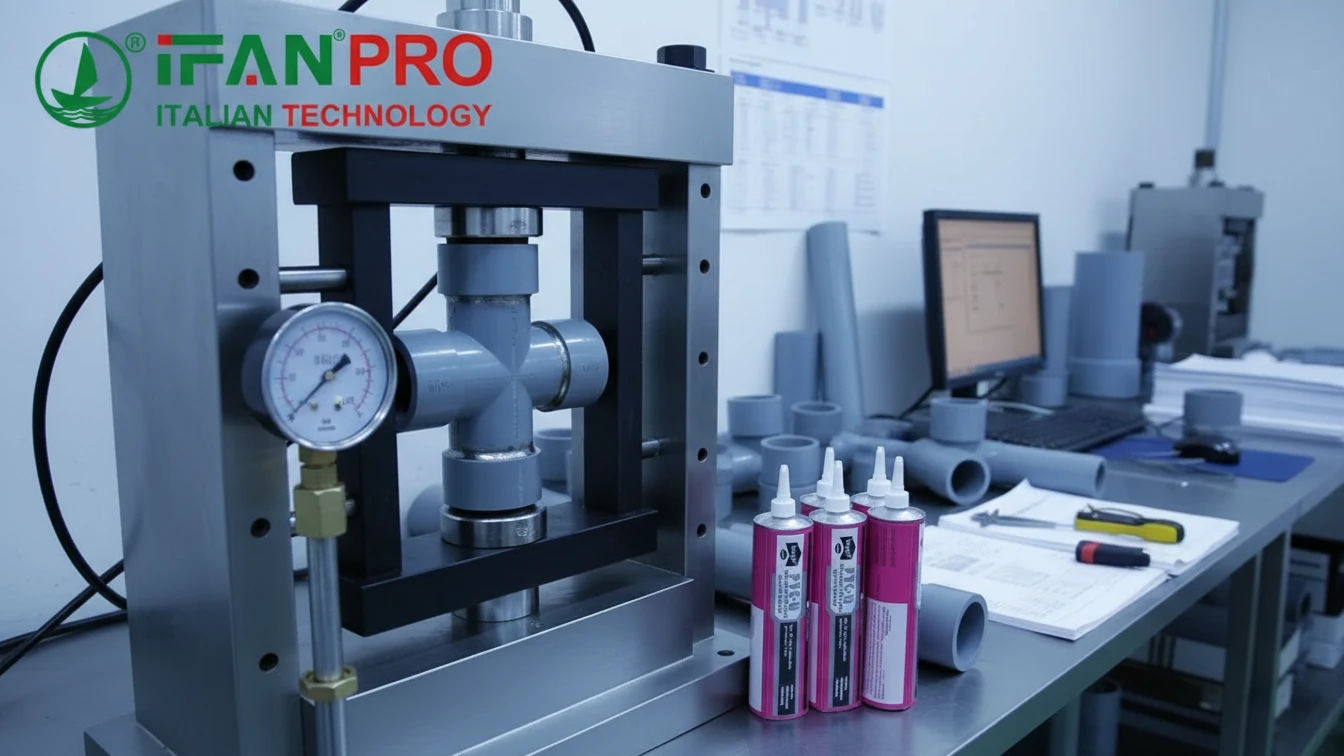How to Insulate PEX Pipes for Maximum Efficiency
Insulating PEX (cross-linked polyethylene) pipes can enhance energy efficiency, prevent heat loss, and protect against freezing. Proper insulation of PEX pipes ensures maximum efficiency and longevity of your plumbing system. This guide provides a step-by-step approach to insulating PEX pipes effectively.
1. Understand the Importance of Insulating PEX Pipes
Energy Efficiency: Insulating PEX pipes reduces heat loss, keeping hot water hot and cold water cold. This efficiency lowers energy consumption and utility bills.
Freeze Protection: In colder climates, insulating PEX pipes prevents freezing, which can cause pipe bursts and water damage.
Condensation Reduction: Insulation prevents condensation on cold water pipes, reducing the risk of mold growth and water damage in humid environments.
2. Choose the Right Insulation Material
Foam Tubing: Foam pipe insulation is flexible, easy to install, and provides good thermal insulation. It’s available in various diameters to fit different pipe sizes.
Rubber Tubing: Rubber insulation offers excellent thermal resistance and flexibility. It’s more durable than foam and suitable for both hot and cold water pipes.
Fiberglass Wrap: Fiberglass insulation provides high thermal resistance and is ideal for high-temperature applications. It requires additional vapor barrier wrapping to prevent moisture penetration.
Reflective Foil: Reflective foil insulation combines a reflective layer with foam or bubble wrap. It reflects heat, providing additional thermal resistance.
3. Measure and Cut the Insulation
Measure Pipe Lengths: Measure the length of the PEX pipes you need to insulate. Accurate measurements ensure you purchase the right amount of insulation material.
Cut Insulation to Length: Use a utility knife or insulation cutter to cut the insulation material to the required lengths. Ensure clean, straight cuts for a snug fit around the pipes.
4. Install the Insulation
Open the Insulation Tubing: If using foam or rubber tubing, open the pre-slit insulation along its length. Ensure the slit aligns with the pipe.
Wrap Fiberglass Insulation: For fiberglass wrap, encircle the pipe with the insulation and secure it with insulation tape or wire.
Apply Reflective Foil: Wrap reflective foil insulation around the pipe, ensuring a tight fit. Use foil tape to secure the seams and ends.
Seal the Joints: Ensure all joints, elbows, and T-joints are well-covered. Cut smaller pieces of insulation to fit around these areas and secure them with insulation tape.
5. Secure the Insulation
Tape the Seams: Use insulation tape to secure the seams of the insulation material. This prevents the insulation from slipping and ensures a continuous barrier.
Use Cable Ties: For additional security, use cable ties to hold the insulation in place. Space the ties evenly along the length of the pipe.
Seal the Ends: Ensure the ends of the insulation are sealed to prevent air infiltration. Use tape or adhesive to secure the ends tightly.
6. Inspect and Maintain the Insulation
Regular Inspections: Periodically inspect the insulation for any signs of damage, wear, or displacement. Address any issues immediately to maintain efficiency.
Repair Damaged Insulation: Replace or repair damaged sections of insulation promptly. Use appropriate materials and follow the same installation steps.
Check for Gaps: Ensure there are no gaps or exposed sections of the pipe. Fill any gaps with additional insulation or sealant.
7. Consider Additional Insulation Methods
Insulate Pipe Supports: If the PEX pipes are supported by metal brackets or hangers, insulate these supports to prevent heat transfer.
Insulate the Surrounding Area: In particularly cold areas, consider insulating the walls, floors, or ceilings around the pipes for additional protection.
Use Heat Tape: In extreme cold, consider using heat tape or heat cables along with insulation. Heat tape provides an extra layer of freeze protection.
Conclusión
Properly insulating PEX pipes is essential for maximizing energy efficiency, preventing freeze damage, and reducing condensation. By choosing the right insulation material and following a careful installation process, you can ensure your plumbing system operates efficiently and reliably. Regular inspections and maintenance of the insulation further guarantee long-term performance and protection. Whether you’re a professional plumber or a DIY enthusiast, these steps will help you achieve optimal insulation for your PEX pipes.
Conectar
IFAN es un fabricante chino de tuberías, accesorios y válvulas de plástico con 30 años de experiencia. Si está interesado en IFAN accesorios de cobre, válvulas de cobre, tuberías y accesorios de plástico, póngase en contacto con nosotros. IFAN le ofrece una variedad de tuberías estándar para satisfacer sus necesidades específicas. Haga clic a continuación para obtener más información sobre la amplia gama de productos de válvulas y productos relacionados con sistemas de tuberías asequibles y rentables de IFAN.
Responderemos a su correo electrónico o fax en 24 horas.
Puede llamarnos en cualquier momento si tiene alguna duda sobre nuestra producción.
Para más información, visite nuestra página web https://ifanpro.com/
Pls Mailto: [email protected]
Whatsapp: + 86 19857948982














Comentarios recientes